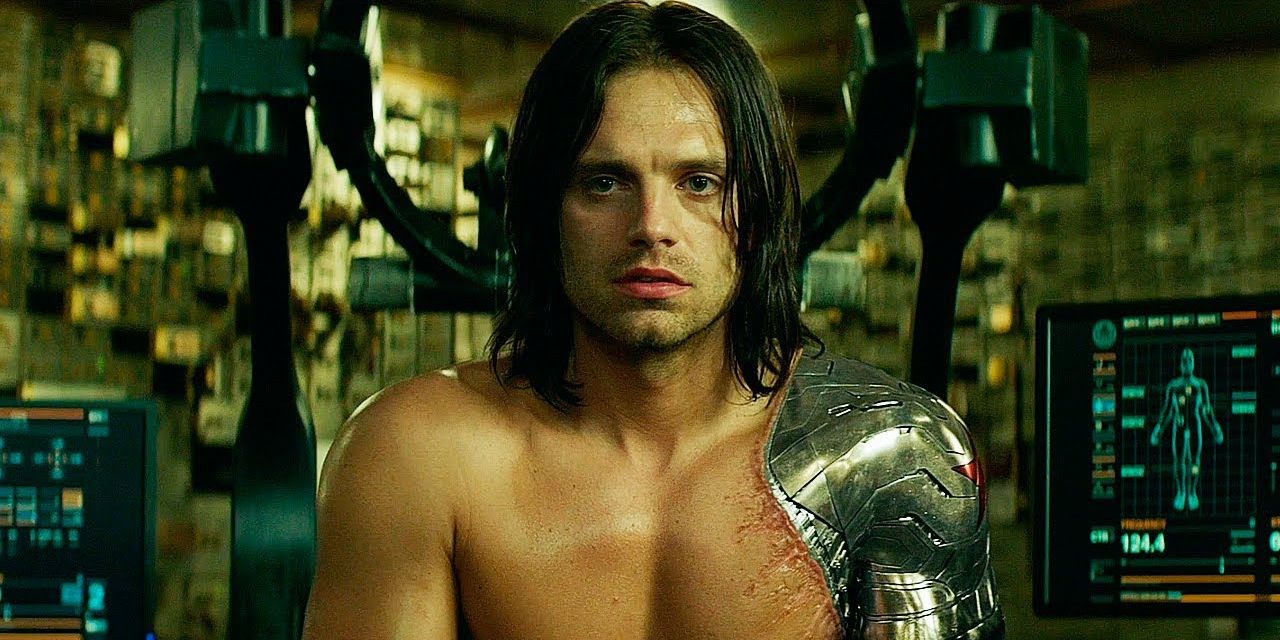The Marvel Cinematic Universe is impressive for its massive roster and ability to juggle multiple stories simultaneously. But it's also because it's been able to condense over 50 years of stories into narratives that cover all the important parts without missing a beat. A great example of this could be how Captain America has passed on the shield to Sam Wilson in only a decade or how Bucky Barnes evolved from ally to assassin before finally becoming a hero. But before that transformation took place, what Bucky did between the events of Captain America: The Winter Soldier and Captain America: Civil War explained a lot about him as a character.
In Captain America: The Winter Soldier, Bucky is shown to have survived his fall during World War II. However, the film was adamant about conveying to viewers that this Bucky was a shadow of his former self. Subjected to decades of brainwashing and memory wiping, he was all but lost in his mind until Steve Rogers gave him enough of a push to turn on his superiors and find his own path. This was shown when he saved Steve from the wreckage of the S.T.R.I.K.E. helicarriers before he started a new life on the run. While it isn't shown in film or television what he did in that time, certain outlets and context clues have given fans an idea.

For starters, the Captain America: Civil War Prelude Infinite comic by Will Corona Pilgrim and Lee Ferguson revealed that, after he saved Steve, Bucky returned to his temporary base in the Ideal Federal Savings Bank. He attacked the scientists who constantly wiped his mind and forced him to kill. But when he had the chance to kill them in return, he chose not to. Although he believed that Steve's idealism would eventually lead to his end, Bucky would manage to uphold at least a fraction of it, knowing when to spare a life for a higher purpose. His story then continued into the after-credits scene of The Winter Soldier, where Bucky, while in hiding, caught up on his past at the Captain America exhibit at The Smithsonian.
The time between the post-credits scene and his reappearance in Civil War is still mostly a mystery, but some context clues from his home provide a bit of context. While in Bucharest, Bucky is living a less than suitable life as he keeps a low profile in a safehouse. And while the movie doesn't reveal it, it's fair to assume that he's been trying to trace back his time with the Howling Commandos, putting any memories he has in his notebook. Since Bucky's past led him all across the globe, he was likely picking up the pieces in various hidden locations in Europe, which was why he was able to hide for two years.

Once Captain America found him, Bucky was more likely his old self but still lacked the memories to help connect his feelings towards Steve. Nevertheless, his time on the run helped him piece everything together, even though he still had much healing left. But that time also serves as a testament to how well Bucky is able to keep the conflicting thoughts of his past without breaking under pressure.
The MCU frames Bucky Barnes as one of its most tragic and redemptive characters. And although his time following his return isn't detailed heavily, it's safe to assume much of his redemption was due to his own discoveries. In fact, had it not been for Bucky's desire to better understand who he was and who he had become, he likely wouldn't have grown into the hero and ally to the new Captain America he is today.


